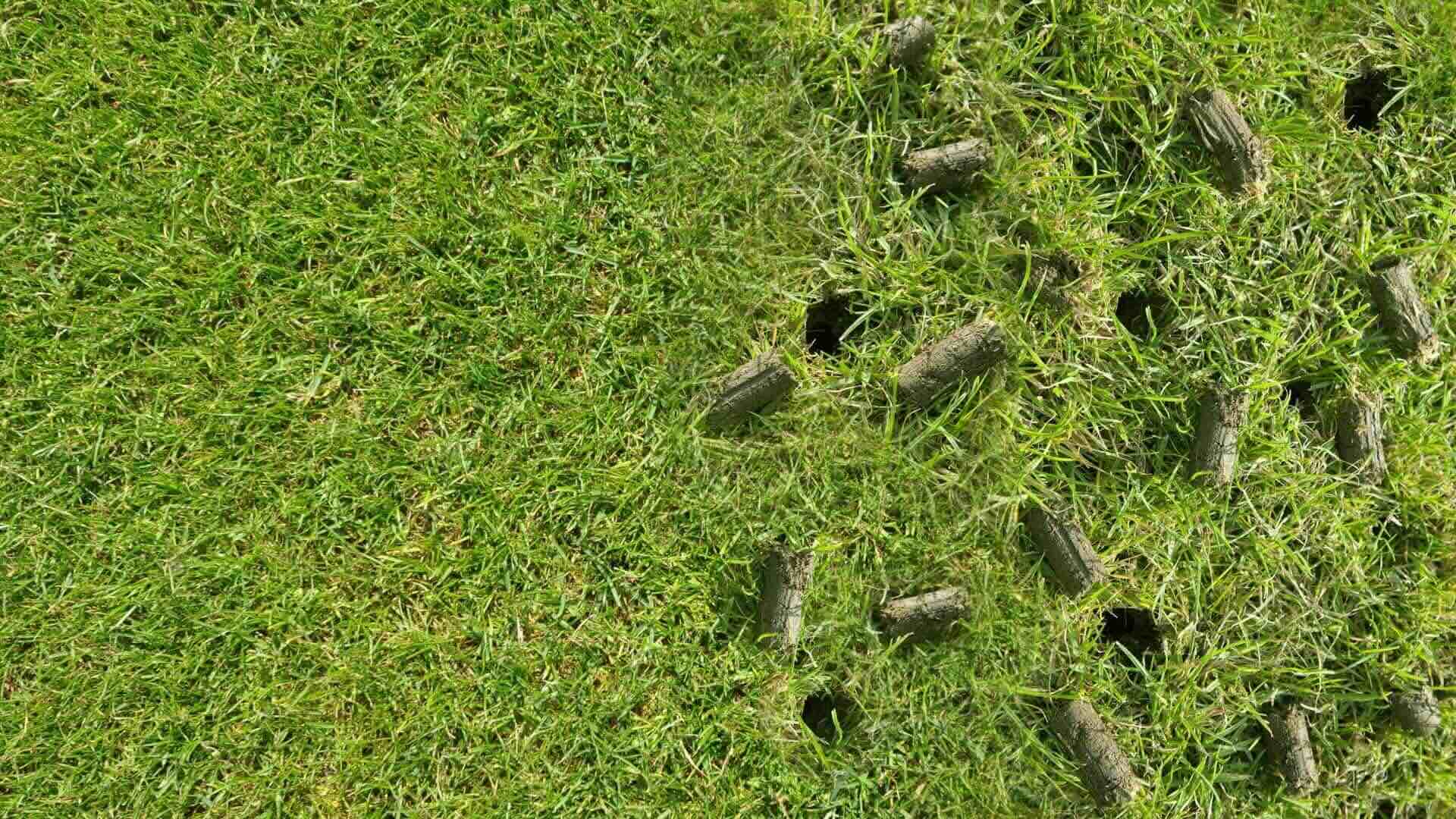
Aeration might sound like a fancy term, but it's really just about getting air into water or soil. Why does this matter? Aeration helps plants grow better, keeps fish healthy in ponds, and even makes your lawn look greener. Think of it as giving nature a breath of fresh air. Whether you're a gardener, a pond owner, or just curious, understanding aeration can make a big difference. From improving soil structure to boosting water quality, the benefits are huge. Ready to learn some cool facts about aeration? Let's dive in and see how this simple process can work wonders!
Key Takeaways:
- Aeration is the process of adding air to soil and water, helping plants grow and improving water quality. It can be done in different ways, like using tools or natural organisms.
- Aeration has many benefits, such as improving soil drainage, reducing water pollution, and helping plants get the nutrients they need to thrive. It's important for gardening, agriculture, and water treatment.
What is Aeration?
Aeration is a process that introduces air into a material. It’s commonly used in agriculture, gardening, and water treatment. This technique helps improve the quality of soil and water by increasing oxygen levels.
- Aeration helps break down organic matter in soil, making nutrients more accessible to plants.
- In water treatment, aeration removes dissolved gases like carbon dioxide and hydrogen sulfide.
- Aeration can reduce the concentration of volatile organic compounds (VOCs) in water.
- It’s a key step in wastewater treatment, helping to reduce odors and improve water quality.
Benefits of Aeration in Gardening
Gardeners often use aeration to improve soil health and plant growth. This practice can make a significant difference in the productivity of a garden.
- Aeration improves soil drainage, preventing waterlogging and root rot.
- It helps reduce soil compaction, allowing roots to grow more freely.
- Aerated soil promotes beneficial microbial activity, aiding in nutrient cycling.
- Aeration can enhance the effectiveness of fertilizers by allowing them to penetrate deeper into the soil.
Types of Aeration Methods
Different methods of aeration are used depending on the application. Each method has its own advantages and is suited for specific situations.
- Mechanical aeration involves using tools like lawn aerators or tillers to physically break up the soil.
- Liquid aeration uses chemical solutions to create tiny air pockets in the soil.
- Biological aeration relies on earthworms and other soil organisms to naturally aerate the soil.
- Surface aeration, often used in ponds, involves spraying water into the air to increase oxygen levels.
Aeration in Water Treatment
Water treatment facilities use aeration to improve water quality and remove contaminants. This process is essential for providing clean, safe drinking water.
- Aeration helps remove iron and manganese from water, which can cause staining and taste issues.
- It’s used to oxidize and precipitate dissolved metals, making them easier to filter out.
- Aeration can reduce the levels of ammonia in water, which is toxic to aquatic life.
- It helps control algae growth by increasing oxygen levels and reducing nutrient availability.
Environmental Impact of Aeration
Aeration has a significant impact on the environment, both positive and negative. Understanding these effects is crucial for making informed decisions about its use.
- Aeration can help mitigate the effects of eutrophication in water bodies by increasing oxygen levels.
- It can reduce greenhouse gas emissions from wastewater treatment plants by promoting aerobic decomposition.
- Over-aeration can lead to increased energy consumption and operational costs.
- Properly managed aeration can enhance the sustainability of agricultural practices by improving soil health.
Aeration in Agriculture
Farmers use aeration to improve crop yields and soil quality. This practice is an essential part of modern agricultural techniques.
- Aeration helps reduce soil erosion by improving soil structure and stability.
- It can increase water infiltration rates, reducing the need for irrigation.
- Aerated soil is less prone to crusting, which can inhibit seedling emergence.
- Aeration can improve the effectiveness of pest control measures by disrupting the habitat of soil-dwelling pests.
Tools and Equipment for Aeration
Various tools and equipment are available to help with aeration. Choosing the right tool depends on the specific needs of the task at hand.
- Lawn aerators come in different types, including spike aerators and plug aerators, each suited for different soil conditions.
- Aeration pumps are used in water treatment to introduce air into water, improving oxygen levels and water quality.
The Power of Aeration
Aeration isn't just a fancy term. It plays a vital role in keeping water bodies healthy. By introducing oxygen, it helps break down organic matter, reduces algae growth, and supports aquatic life. Whether you're maintaining a pond, lake, or even a small garden water feature, understanding aeration can make a big difference.
From improving water clarity to preventing foul odors, the benefits are clear. Plus, it's a natural way to enhance the environment without relying on chemicals. So next time you see a fountain or a bubbler, remember, it's not just for looks. It's working hard to keep the ecosystem balanced.
Embrace aeration in your water management practices. Your fish, plants, and overall water quality will thank you. Keep your waters fresh, vibrant, and full of life with the simple yet powerful act of aeration.
Frequently Asked Questions
Was this page helpful?
Our commitment to delivering trustworthy and engaging content is at the heart of what we do. Each fact on our site is contributed by real users like you, bringing a wealth of diverse insights and information. To ensure the highest standards of accuracy and reliability, our dedicated editors meticulously review each submission. This process guarantees that the facts we share are not only fascinating but also credible. Trust in our commitment to quality and authenticity as you explore and learn with us.
